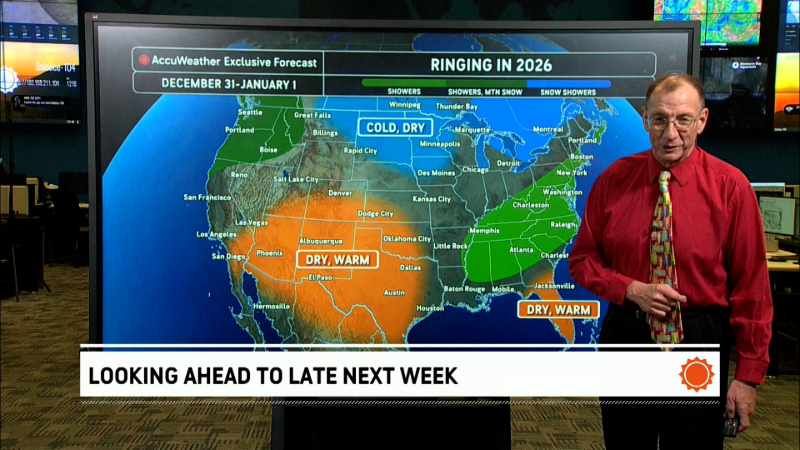What are Tar Balls?
Reports of "tar balls" washing up along Gulf Coast beaches could be a result of the major oil spill that occurred beginning in April. What are tar balls, and how do they form?
Tar balls are pieces of weathered oil, usually about the size of a thumb tip, that can be carried hundreds and hundreds of miles by the ocean current.
Crude oil, like that still spewing out of the sunken rig in the Gulf, forms a thin, light slick over the water in the first few hours after a spill.
"The lighter fractions of crude oil are most toxic to small organisms in the first few days after a spill," said Malcolm Spalding, Professor of Ocean Engineering at the University of Rhode Island.
Early life stages of small fish are most impacted by the lighter components of crude oil, which usually evaporates two to four days following a spill.
In this May 28, 2010, file photo President Barack Obama, left, picks up a "tar ball" as LaFourche Parish president Charlotte Randolph, center, and U.S. Coast Guard Admiral Thad Allen, National Incident Commander for the BP Deepwater Horizon oil spill, look on during a tour of areas impacted by the Gulf Coast oil spill in Port Fourchon, La. (AP Photo/Evan Vucci)
"In terms of toxicity, as a general rule, the fresher the oil, the more likely you are to have wildlife damages," said Chris Reddy, Director of the Coastal Ocean Institute at Woods Hole.
The lighter components can also be broken down by sunlight and microbes in the water. Some oil components even dissolve into the water with little effect on the environment.
Wind and waves separate the oil slick, scattering and mixing the oil into several patches of all shapes and sizes.
Components not broken down or evaporated can mix with the water, and create a reddish tint and puddinglike consistency as they emulsify.
Even heavier components of crude oil remain and as winds and waves tear the slick into patches, tar balls are formed.
A tough outer crust forms on the outside of the tar ball, and the inside is soft and malleable. Tar balls are very similar in consistency to fresh asphalt.
The process of crude oil becoming tar balls after a spill is called weathering, and because of the variable nature of spills, the formation of the balls can take anywhere from a few weeks to months.
The Effects of Tar Balls
"While many of the most toxic compounds of oil are no longer present in tar balls, they still can pose a threat to wildlife and humans, especially if ingested," said Reddy.
Tar balls can be an eye sore to area beaches, as well as an inconvenience to beach walkers who may feel the gooey substance stuck to their feet.
Tar balls sit along the beach as workers clean up oil residue in Grand Isle, La., Sunday, May 30, 2010. (AP Photo/Jae C. Hong)
Researchers also suggest that it is unlikely that a large amount of tar balls will wash up on any one beach. The natural dispersion of the ocean currents should keep the dispersion of tar balls very widespread, affecting many different beaches and shorelines.
The difficulty of predicting the exact effects of the current spill in the Gulf is immense because of the 5,000-foot oil entry-point under the ocean.
"We don't know much about subsurface oil spills," said Reddy. "It's going to be hard to predict both short-term and long-term impacts on the environment."
Reddy suggests that all oil spills are different, and historical analogs can provide little predictive information.
"It's nearly impossible to create a multiplier that says, 'this many gallons will do this much environmental damage,'" Reddy said.
While researchers continue to study the spill in the Gulf and look for clues to answering all the possible questions, there's a lot left to hope for.
"We've got our fingers crossed that nature will respond well to the spill," said Reddy. "As much as everyone wants the answers tomorrow, what we can do now is root for that well to get plugged."
Related to the Story:
Wind to Shift Oil Slick, Smell toward Florida Panhandle
Florida to Louisiana Under the Greatest Risk of Oil Contamination During Hurricane Season












